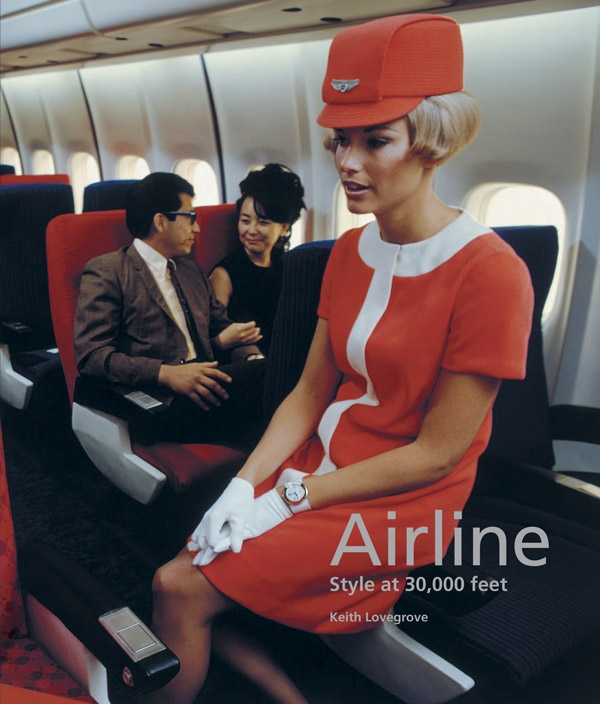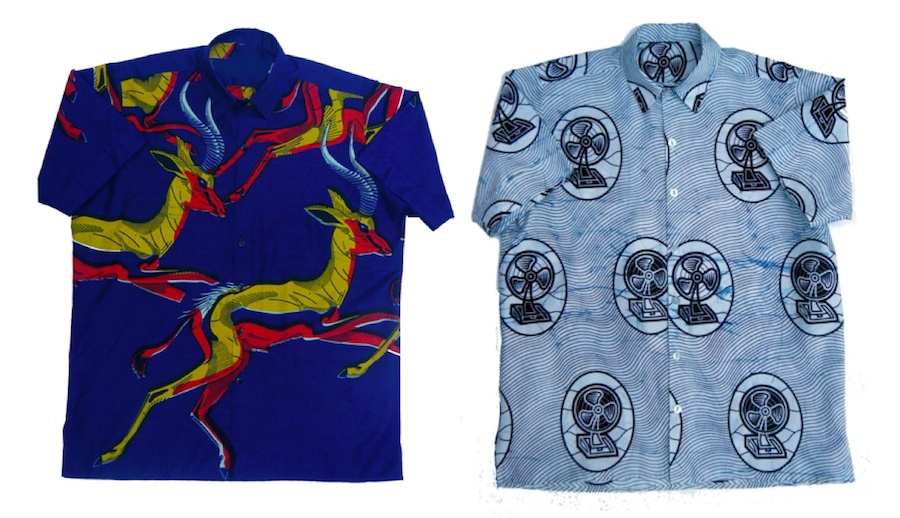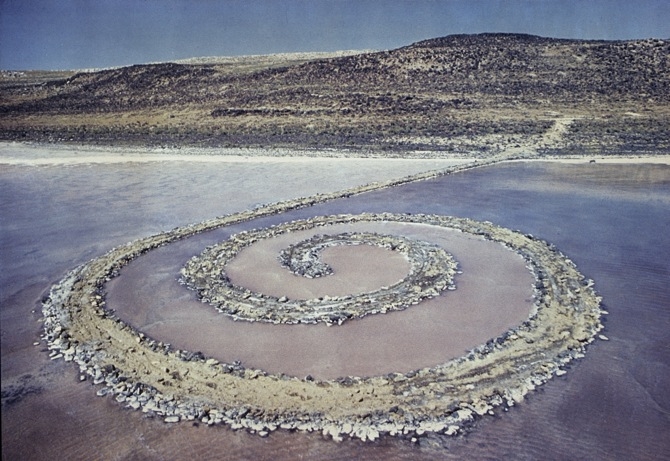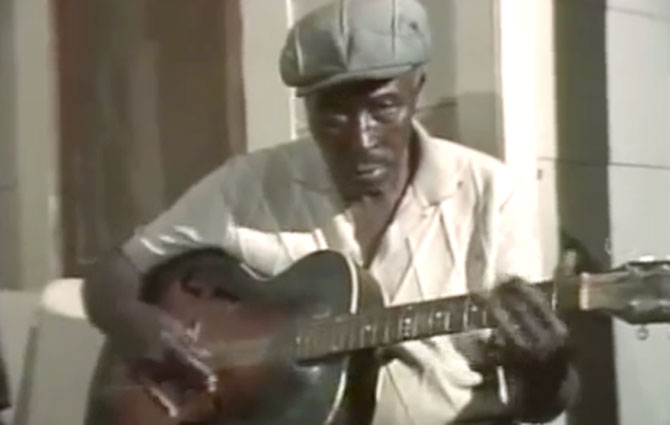We're not 100% sure which part of the typewriter artist Gabriel Dishaw used to give his "Pgymy C3P0" bust those golden head spikes, or what kind of Nikes he used for "Air Vader's" helmet, but we do know his series is much more interesting fan art than another creepy piece of Boba Fett fan fiction. In addition to "Air Vader" and "Pygmy C3P0," the series is rounded out by "Samurai Vader," a black-clad two-part bust complete with metal horns. [images courtesy of the Gabriel Dishaw, via Designboom]



Chicago's Disappears drone and rock with somewhat less haze and echo than ever before on new album Era. Suitably, the band has issued a video for "Power" from the album featuring great minimalist animation from Alexander Stewart, who has drawn the whole film with a Sharpie.
Read more about Stewart's inspiration at Spin.
Disappears - Power from Alexander Stewart on Vimeo.
Industrial designer Fabio Molinas makes a habit of solving problems using wasted materials and energy. For his OLTU produce storage concept, Molinas designed a "totem" of ceramic and metal containers for storing fresh fruits and vegetables, complete with small water reservoirs in each wall. When the totem is placed on top of a refrigerator, the heat generated by the fridge evaporates the water, which in turn cools the totem and keeps the produce fresh. [via Design Milk]


There’s a reason the ad heavyweights at Sterling Cooper Draper Pryce get glassy eyed at the thought of landing an airline account. Few industries represented the glamour, optimism, and excess of the mid-century America better than the one that ferried us across the country in stylish, stainless steel jets. As sleek as some of the stewardess outfits showcased for the airborne set, the forthcoming book Airline: Style at 30,000 Feet by British designer and author Keith Lovegrove chronicles the design history of airlines. The excerpts below offer a glance backward to a time when luxury, not baggage fees, were the norm.





Airline: Style at 30,000 Feet comes out September 10 via Chronicle Books. All photos courtesy of Laurence King Publishing.
This past Saturday saw the release of Archy Marshall's long anticipated King Krule LP, 6 Feet Beneath the Moon. A few months earlier in the summer, however, he quietly released a line of printed shirts on his website. Since announcing the line, called "Set Adrift," with a link posted to his Facebook, Marshall hasn't said much else about the collection. We do know he designed each print. The collared shirts come in long or short sleeve, and two styles are already sold-out. Check out the full line at kingkrule.co.uk.
The shirts range from £62-£70 and are hand sewn by Marshall's mother, British artist Rachel Howard. 6 Feet Beneath the Moon is out now on True Panther and XL.
Remember when school used to come back in session after Labor Day? Every year it seems like the powers at be move the start date earlier into summer. But no matter—with a new school year comes a good reason to update your everyday gear, and going back to the grind often requires we pick up a new trusty backpack.
You may not be enrolled this fall, but that's no reason to deny yourself an essential. Whether you’re transporting books or beer, here are ten backpacks that’ll get the job done in style.

Everlane Snap Backpack, $65
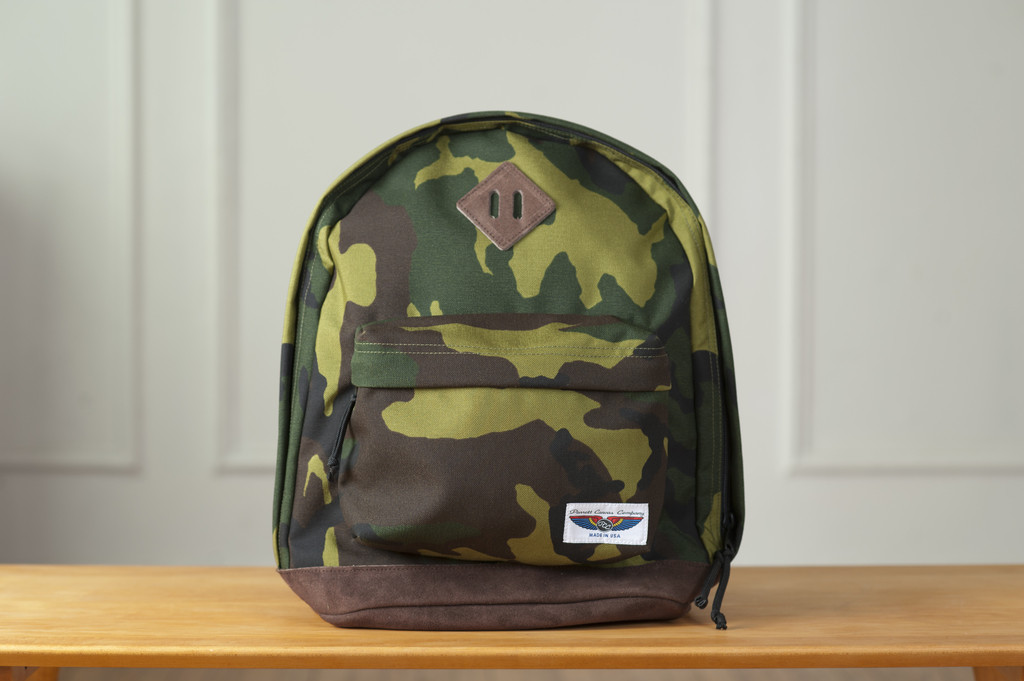
Parrot Canvas Woodland Camo Uwharrie Day Pack, $65
 Poler Stuff Roll Top Bag, $70
Poler Stuff Roll Top Bag, $70
 Jansport x Benny Gold x Pendleton, $99
Jansport x Benny Gold x Pendleton, $99
 LayerxLayer Brimfield Bag, $189
LayerxLayer Brimfield Bag, $189
 Topo Designs Mountain Briefcase, $149
Topo Designs Mountain Briefcase, $149
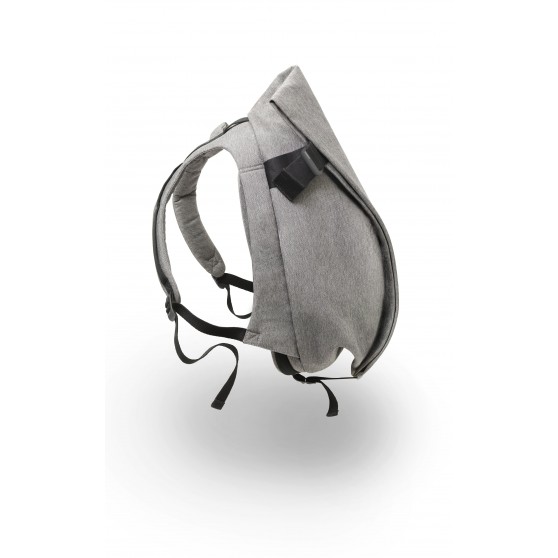
Cote&Ciel Isar Rucksack, $238
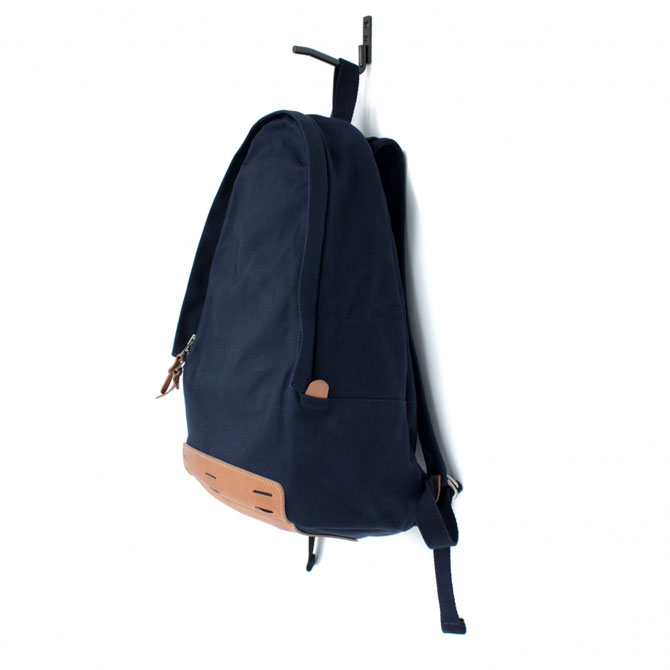
Makr Daypack, $245
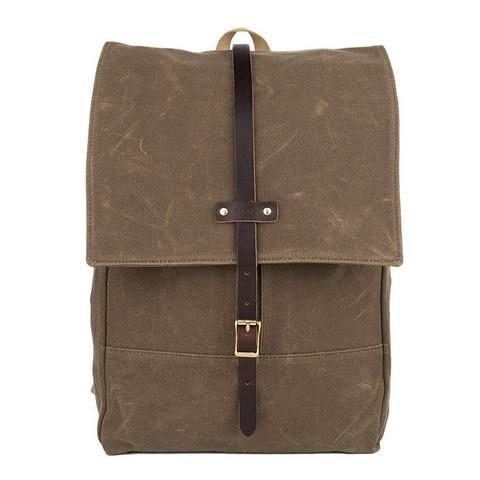
Archival Clothing Rucksack, $260
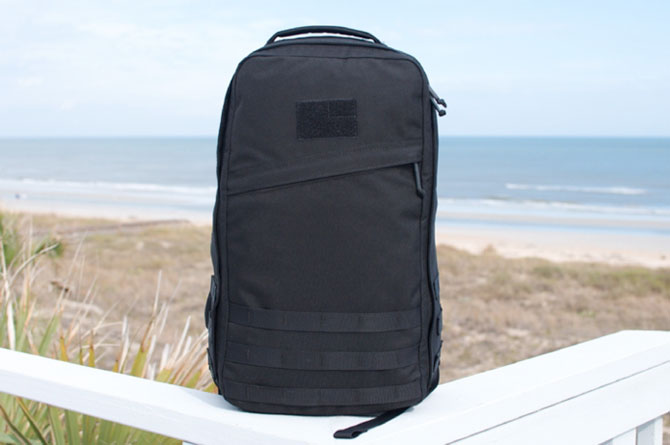 Goruck GR1, $295
Goruck GR1, $295
Check the journal often for more NoMa suggested fall essentials.
Photos by Rob Lewis
When designer and artist Till Könneker moved into a studio apartment in Bern, Switzerland with no storage room, he sought a design solution. Könneker whipped up some drawings of a minimalist cube with a shelf for his vinyl collection, space for his flat panel TV, as well as clothes and shoes. He'd stash other odds 'n' ends inside the cube itself. And on top, he placed a bonus guest bed. Carpenter and fabricator Remo of holzlaborbern.ch brought the sketches into the realm of reality. And voila, a beautiful design piece that serves multiple purposes.






In order to document life in the recently contaminated areas surrounding the Fukushima Daiichi power plant in Japan, photographers Guillaume Bression and Carlos Ayesta traveled to nearby towns and evacuated villages to photograph manipulated portraits and landscapes using large rolls of cellophane and other props. Covering both Japanese icons like red maple trees, and everyday objects like cars and swing sets, the photos speak to the destruction and grief of the locals with the cellophane's ineffective attempt at preservation. Additional scenes like a man in a lake wearing a gas mask, and businessmen stored in a plastic bubble, reference the otherwise invisible radiation contamination. [images via Designboom]
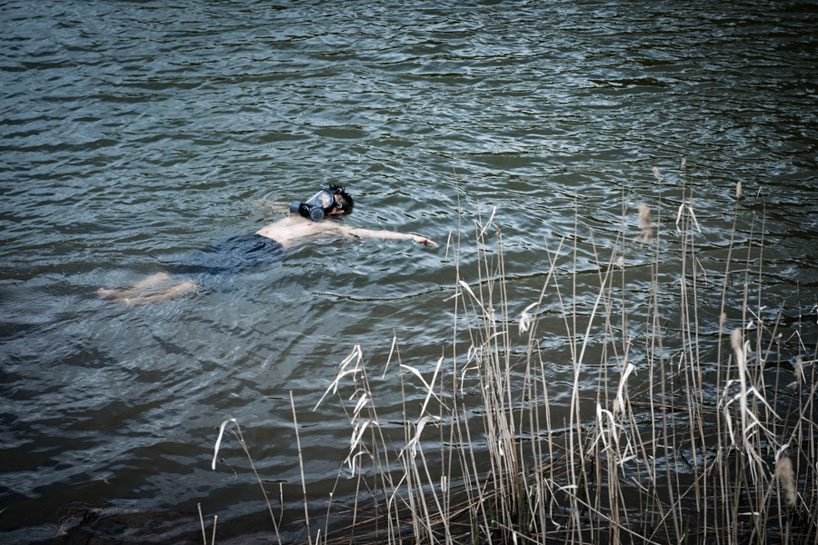

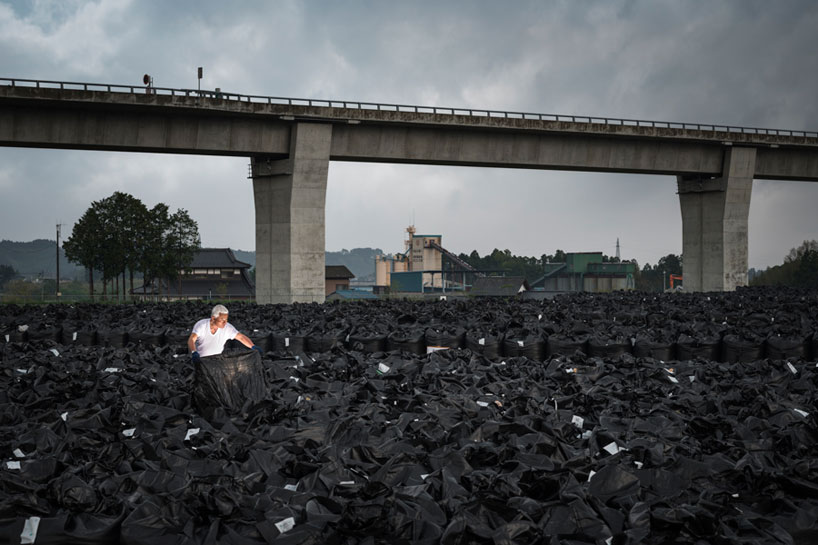
If you've yet to partake of the iconic summer pastime known as the road trip, we suggest Erin Hogan’s 2008 book Spiral Jetta: A Road Trip through the Land Art of the American West (The University of Chicago Press) for inspiration. We've found it gave us good reason to get out on the highway. Hogan, an urbanite, director of public affairs for the Art Institute of Chicago and self-described “lapsed art historian,” set out from Chicago alone to see the big monuments of land art—Robert Smithson’s Spiral Jetty, Michael Heizer’s Double Negative, and Donald Judd’s adopted home of Marfa, TX, among others.
The resulting book falls somewhere between a cultural critique, a travel narrative, and an art theory text, never leaning too heavily on any of those genre tags. Hogan is a funny and insightful narrator; she recounts coaxing her city Jetta up a remote mesa in Nevada to see Double Negative but also gives serious thought to the actual experience of viewing these works in relation to the theoretical writing of critic Michael Fried, and others. The Lightning Field by Walter De Maria (who died earlier this summer) sounds like the best choice for a road trip based on Hogan’s experience, but also because of the unique visiting experience: to see the work, you have to stay in a cabin next to De Maria’s field of 400 stainless steel poles in the New Mexico desert.
For those curious about the land art of the 1970s and onward, Hogan’s book is a great primer. And for travelers looking for advice about making the pilgrimage to these unique art sites for yourself, she provides thorough details.
Read an excerpt of Spiral Jetta online.
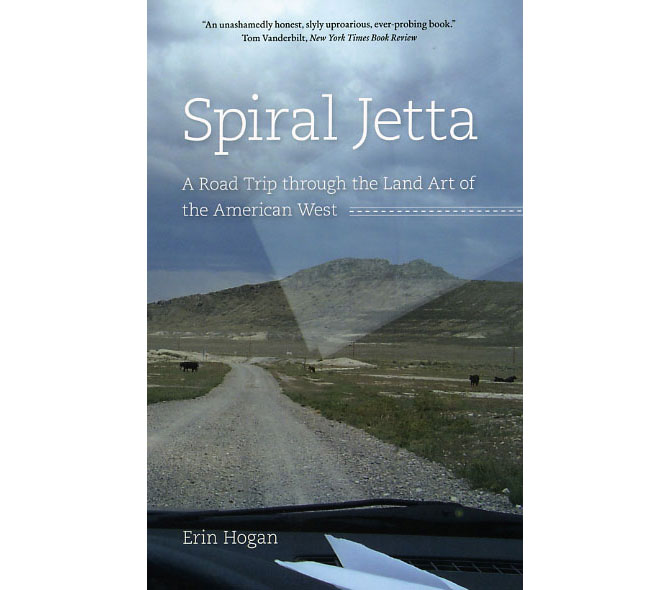
 Michael Heizer, Double Negative (1969)
Michael Heizer, Double Negative (1969)
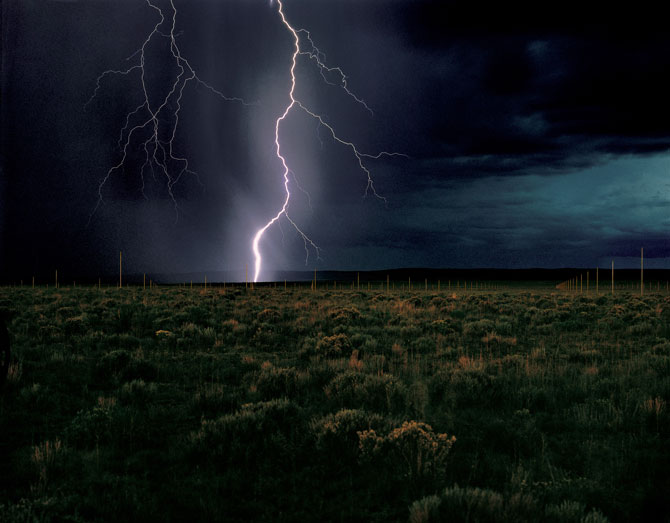 Walter De Maria, The Lightning Field (1977). Photo by John Cliett
Walter De Maria, The Lightning Field (1977). Photo by John Cliett
There's been a buzz around the massive archive of Alan Lomax recordings that were recently made available online. The NEA-funded CulturalEquity.org now hosts over 17,000 downloadable field recordings made by Lomax during over 60 years of research and documentary work on American folk music. This independent archive is distinct from the collection of recordings Lomax made for the Library of Congress in the '30s and '40s. Folk junkies, open culture advocates, and Lomax-ophiles, go and knock yourself out. But while you're at it, dig into the videos, too. Yes, Lomax and his team shot film—sometimes with multiple camera angles—of folk and gospel performances everywhere from Appalachia to New Orleans in the '70s and '80s. We've culled a few of our favorites below, but trust us, we've just scratched the surface of this treasure trove.



